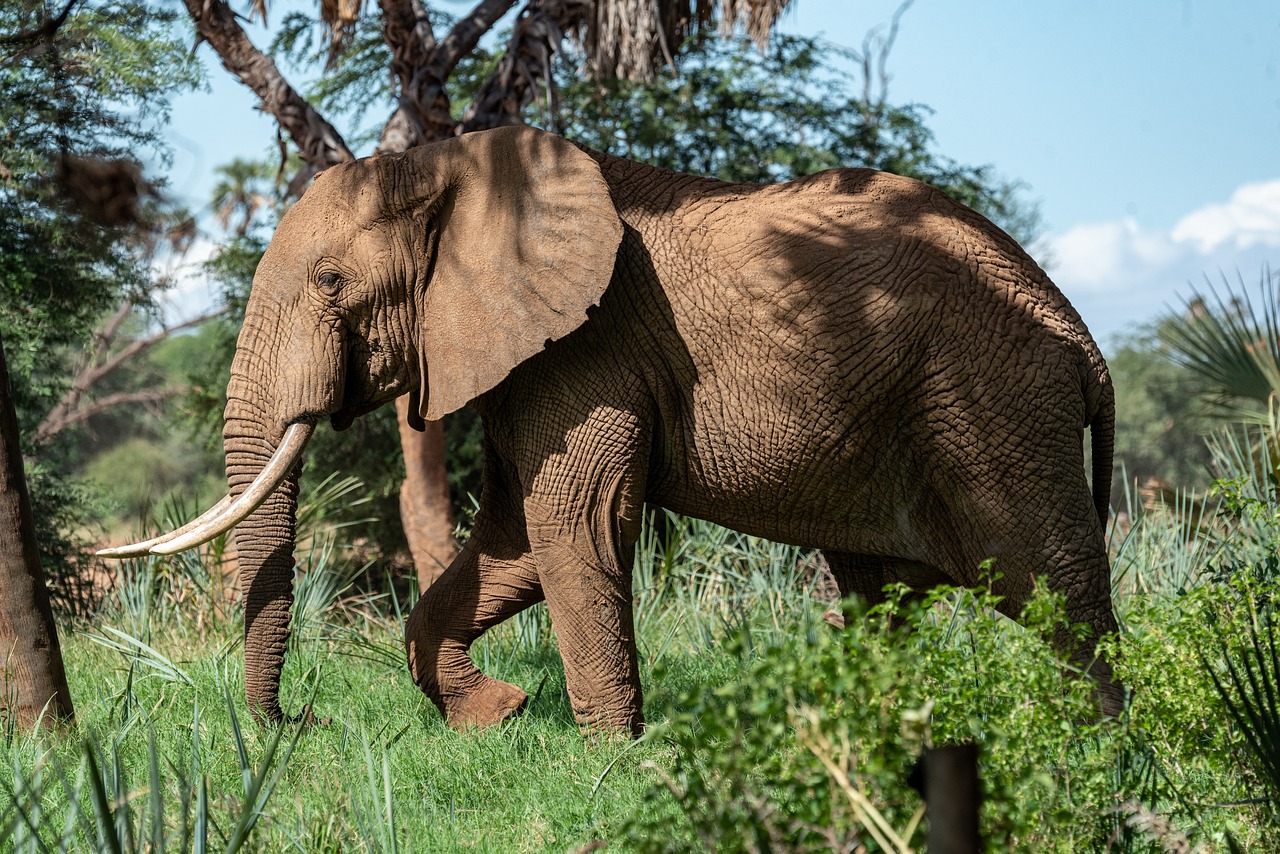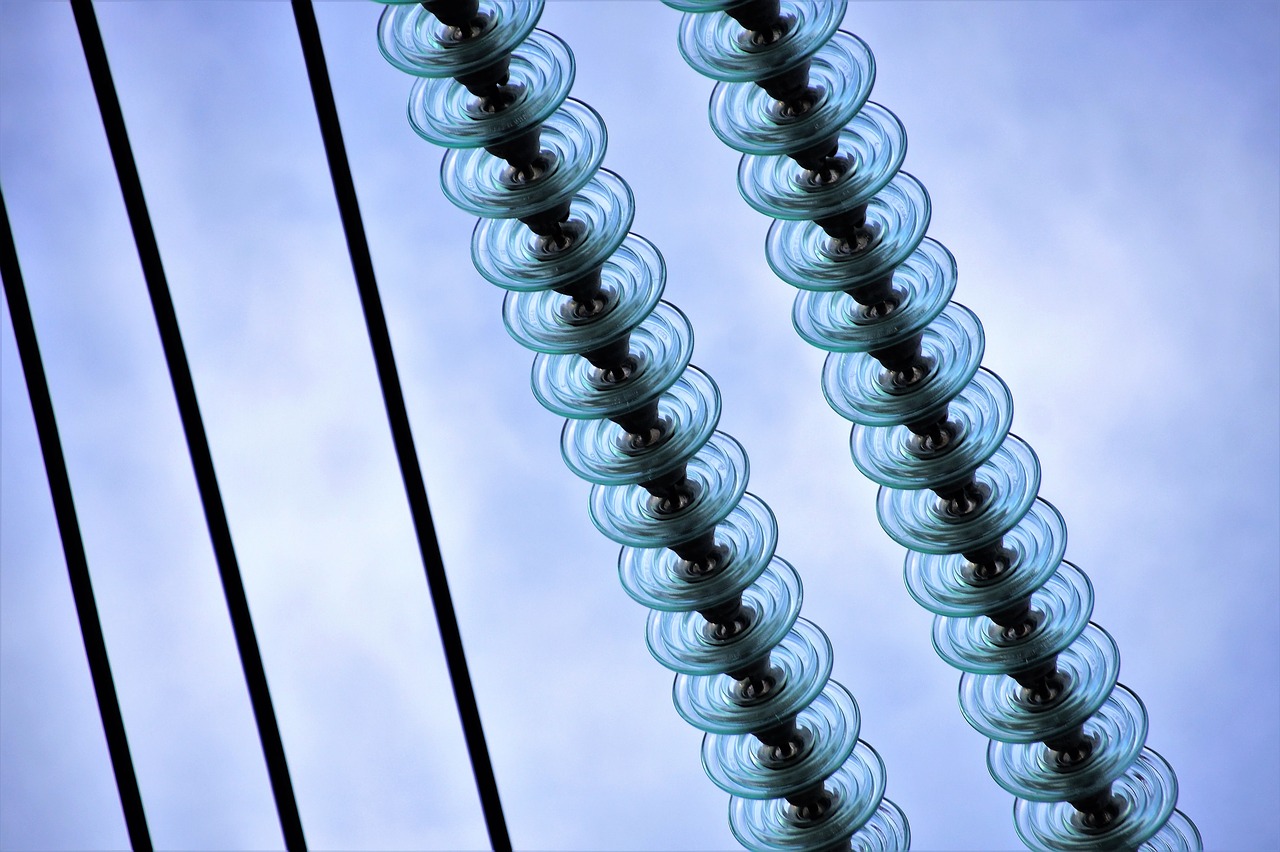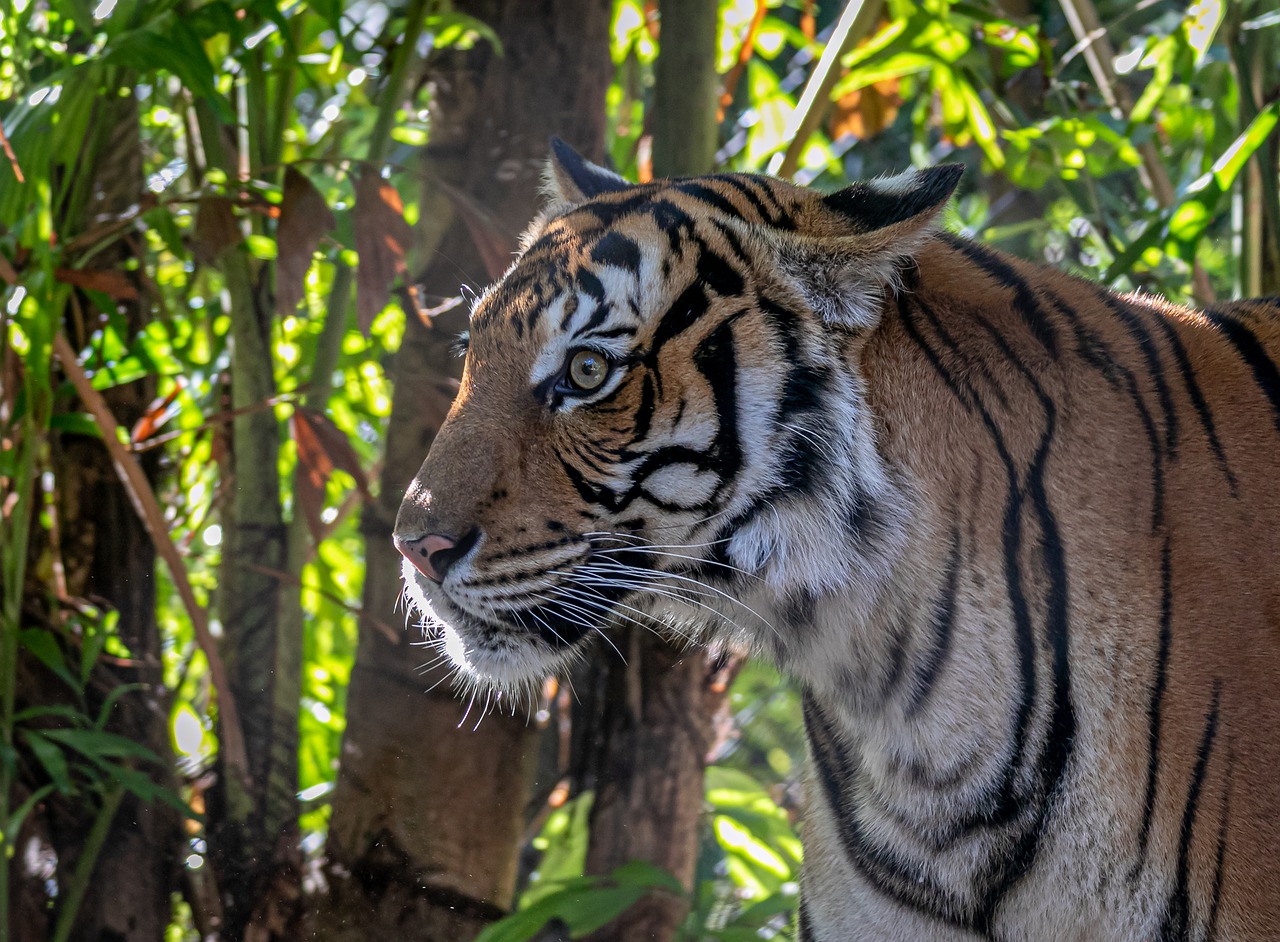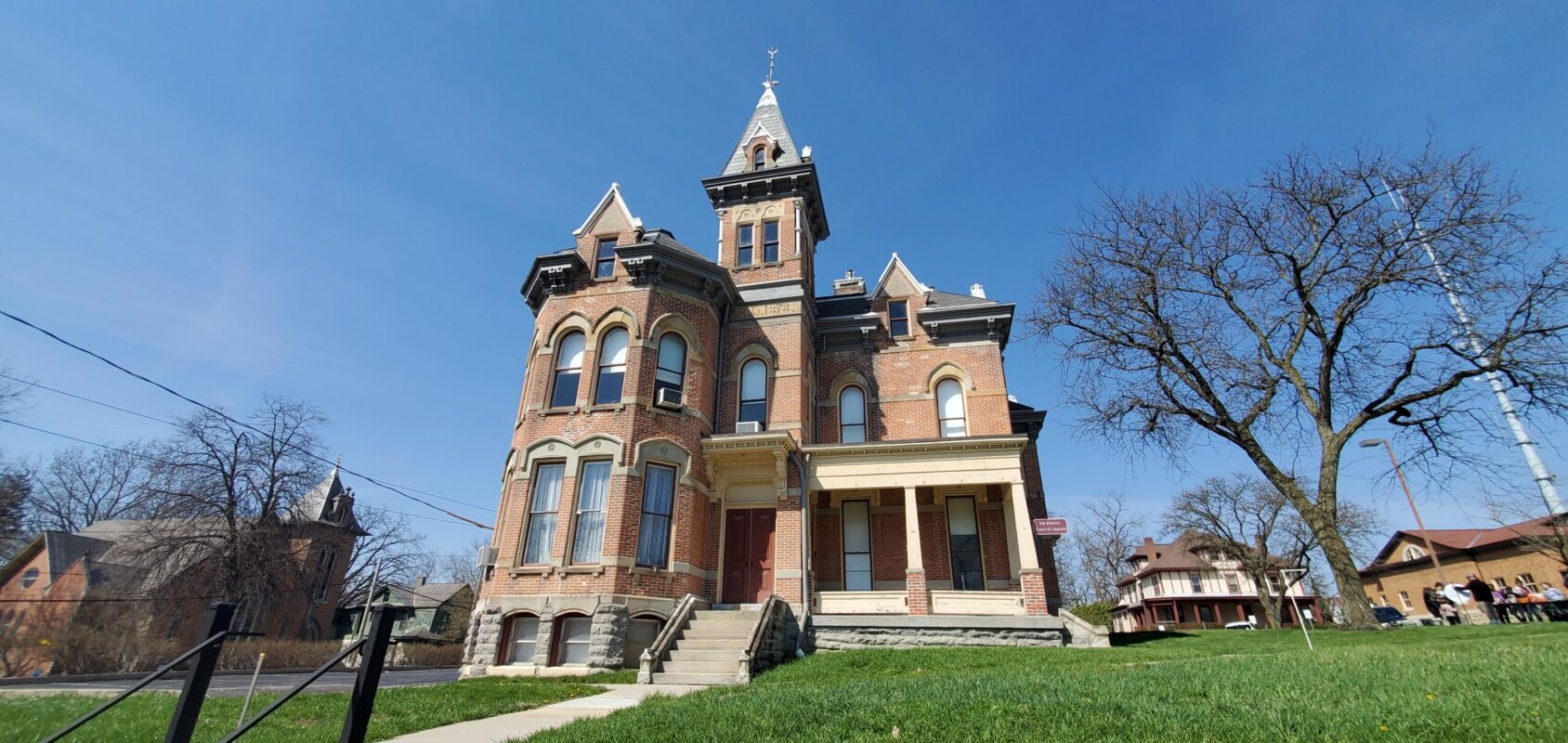By 1808Delaware
Excitement is building at the Columbus Zoo as major construction projects take shape across the park. These renovations and expansions aim to enhance both the habitats for the animals and the experiences of the millions of visitors who flock to the zoo each year. With a commitment to animal welfare, guest experience, and long-term sustainability, the Columbus Zoo is investing over $35 million in improvements to various areas, ensuring the Zoo stays a top destination for wildlife lovers of all ages for years to come.
Here’s a breakdown of some of the key projects happening at the zoo, from new habitats to habitat redevelopments.
Bonobo Habitat: Now Open
One of the major highlights of the construction updates is the completion of the new Bonobo habitat. The bonobos now have a fresh, spacious indoor and outdoor environment, offering more room for play, exploration, and interaction with their surroundings. Visitors can now enjoy a closer look at these intelligent primates in their improved space, which is designed to replicate their natural environment.
This habitat upgrade not only improves the lives of the bonobos but also enhances visitor engagement, providing new viewing angles and interactive educational components. If you’re heading to the zoo soon, be sure to swing by this new addition to see the bonobos in action!
New Elephant Yard: More Room to Roam
Elephants are also getting a major habitat upgrade, with work currently underway on a new “front yard” for the elephant exhibit. This expansion will give the elephants even more space to explore and roam, adding to their already large and diverse habitat.
The construction, located near Wild Burger and Conservation Lake, includes the removal of old fencing and rockwork. However, all the elephants remain fully visible during both their indoor and outdoor time, so visitors won’t miss out on the chance to see these majestic creatures. The new elephant yard is scheduled for completion in October 2024, making this a highly anticipated addition to the zoo’s elephant exhibit.
North America Trek Redevelopment: A New Look for Native Species
One of the most ambitious projects currently underway at the zoo is the North America Trek redevelopment. This historic region of the zoo, which showcases animals native to the continent, is undergoing a major transformation. While the bald eagles are temporarily off-display due to construction, visitors can still view most of the region’s other residents, including black bears, river otters, and Mexican wolves.
The first phase of this project will introduce new habitats for:
- Mexican wolves
- Bald eagles
- Black bears
- North American river otters
- Songbirds
- Trumpeter swans
Each new space is being designed with both the animals and the guests in mind, creating a more immersive and educational experience for all. These upgrades will include new sightlines and interactive areas, giving visitors a better understanding of the vital role these species play in North America’s ecosystems.
$35 Million Investment: Enhancing Guest Experiences
The Columbus Zoo is committed to not only providing top-tier care for its animals but also ensuring visitors have an unforgettable experience every time they come. As part of this, the zoo is investing over $35 million in various projects aimed at improving animal habitats and guest amenities.
Once completed, these redevelopments will provide visitors with engaging ways to connect with wildlife, learn about conservation efforts, and understand the importance of protecting the planet’s most precious species. In addition to the new habitats, the project includes enhancements to visitor walkways, new educational installations, and updated viewing areas, all aimed at making the zoo an even more enjoyable place to visit.
The construction projects are set to wrap up at various stages, with the elephant yard scheduled for completion in October 2024 and the North America Trek redevelopments progressing rapidly. As the Columbus Zoo continues to roll out these exciting new features, it remains a must-visit destination for both animal lovers and conservationists alike.
Source: Columbus Zoo and Aquarium; Image by Thorsten Messing from Pixabay










